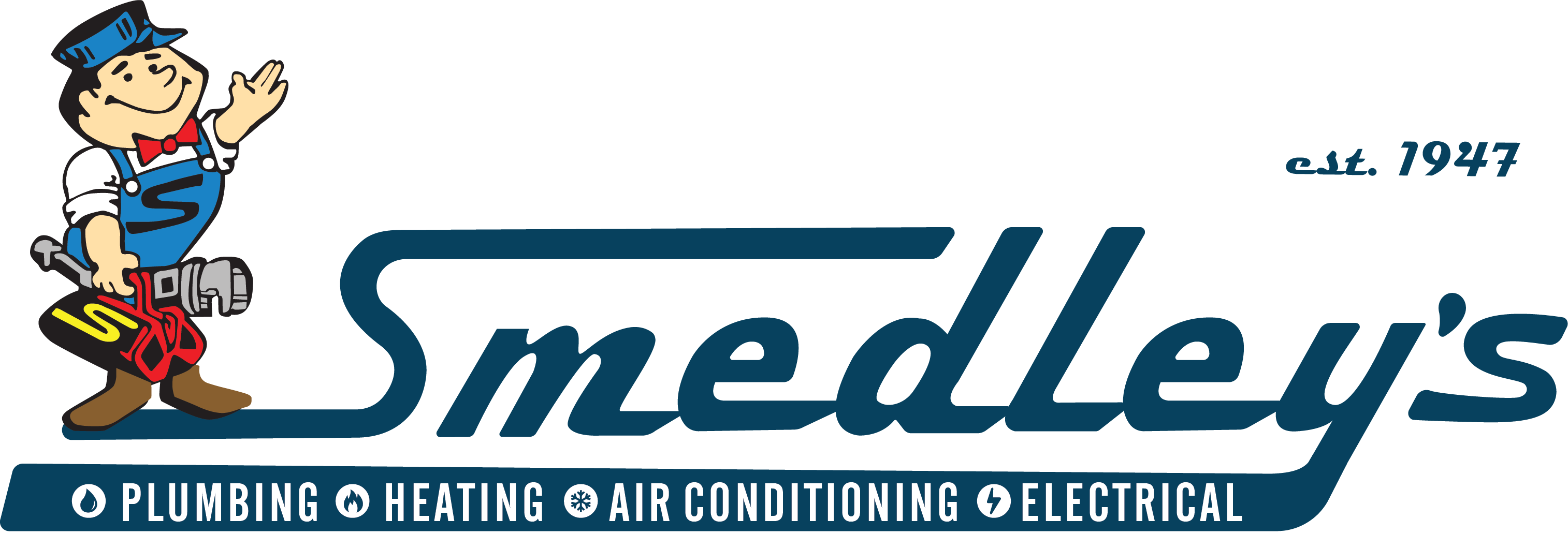By now, you’ve likely heard of statistical reports that say that indoor air can be up to five or more times dirtier than the air outside. In a previous blog, we provided you with tips so you can discover if your home has poor air quality.
Even if you determine your home’s indoor air quality, do you know how to improve it? Instead of suffering from allergies, coughs, and sneezes, use the tips in this blog to purify your home’s air. Cleaner air is only a few simple steps away. Read on to learn what you can do to breathe better air each day.
Invest In an Air Purifying System
The first thing you should do to experience better indoor air is to invest in a whole-house air purifying system. Larger purifiers stand alone because of their large size. Some smaller purifiers and filters can hook into your return duct line.
Typically, the larger, stand-alone purifiers remove more pollutants that float in the air near you. Filters and smaller purifiers in the duct line can eliminate illness- and allergy-inducing pollutants before they enter the main part of your home.
Recent reports indicate that Americans spend about 90% of their time at home, so investing in an air purifying system not only improves your home’s indoor air, but it also improves your health.
Clean Your Home Regularly
Even if you do purchase an air purifier, the device will do little to improve your indoor air quality if you don’t help it along. To enhance how your air purifier functions, clean your home regularly. Dust flat surfaces. Vacuum and sweep the floors once or twice a week. You should also use a carpet cleaner to deep-clean the carpets and reduce the allergens and pollutants you’re exposed to.
You should also mop your non-carpet floors as well. The water can trap dust and further improve the quality of your indoor air.
You may want to consider using natural cleaners to disinfect and tidy up your home. The chemicals contained in many cleaners can linger behind in fabrics and in the air. These chemicals can agitate your respiratory system and create poorer air. Natural cleaners lower the amount of chemical cleaners you use, and thus reduce the amount of chemicals that pollute your indoor air.
Don’t Smoke Indoors
Doctors and pediatricians say that one of the biggest causes of indoor air pollution is smoking. If you, a family member, or a housemate smokes, turn your home into a no-smoking zone. Other people that live with you inhale second-hand smoke, which puts them at risk for developing more serious respiratory issues.
Change the Filters in Your HVAC System
As previously mentioned, air filters in your home’s vents can further reduce the pollutants inside. This statement holds true for your HVAC system as well. After all, dirty filters only circulate dirty air throughout your home. Replace the filters in your HVAC system every one to three months, depending on your living circumstances.
For example, if you don’t have pets, you can typically change the filters out every three months. But if you do have pets, especially animals that shed a lot, you should replace the filter every month so hair and dander don’t circulate throughout your home.
Humidify Your Indoor Air
Not only does humid air provide you with numerous health benefits, but it also cleans the air inside your home. Drier air allows pollutants like germs, hair, and dust to float more easily through your home. However, too-humid air creates the perfect breeding ground for mold and mildew spores.
You should keep your home’s humidity levels between 30% and 50%. These levels make your home humid enough that you can stay healthy, but dry enough that mold and mildew won’t grow. Use fans or open windows when you shower, cook, or do anything that introduces moisture into your house. This extra ventilation ensures mold and mildew can’t grow in your home.
Grow Air-filtering Plants Inside
Thanks in large part to NASA’s Clean Air Study, more homeowners understand houseplants’ ability to eliminate small amounts of toxins in the air. If you want to add to your purifying efforts, buy some houseplants and place them strategically throughout your home.
However, not just any old plant will do. You’ll want plants that have roots and leaves that can easily absorb volatile organic compounds (VOCs). Try the following plant types:
- Snake plant
- Peace lily
- Chrysanthemum
- English ivy
Ready to purify your indoor air? Use the tips above to clean the air inside your home. If you need help choosing an air purifier for your home, contact an HVAC technician. He or she can recommend a device that works best for your home’s size, your finances, and your family’s needs. Additionally, he or she can properly install the device to ensure it correctly cleans your home’s air.




